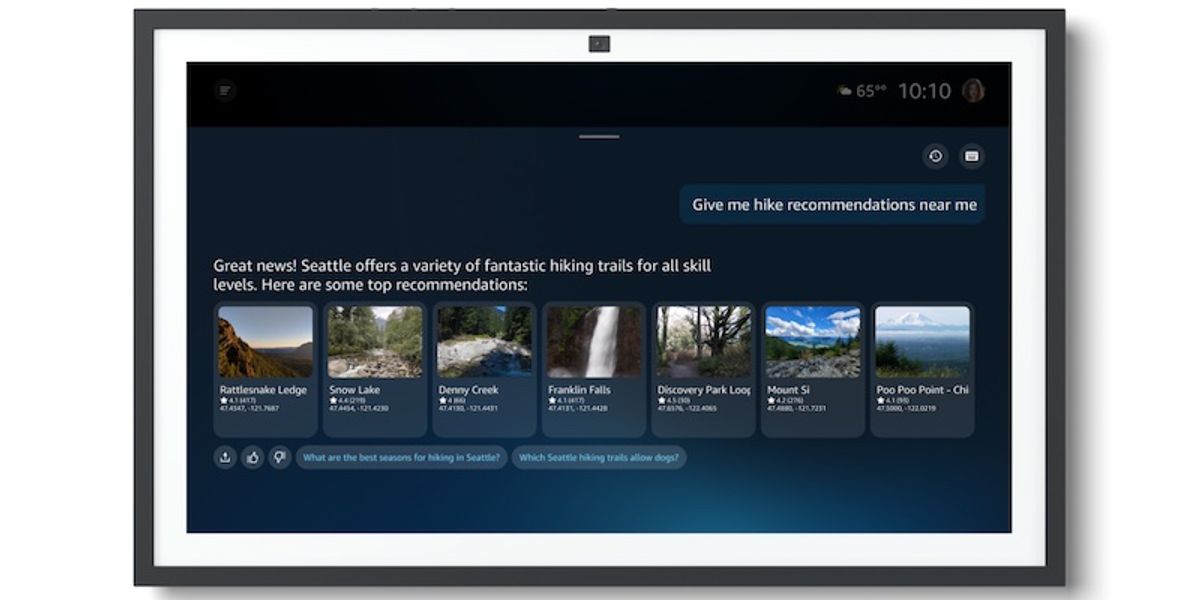Clearing the air on snow leopards and last chance tourism | Opinion | Eco-Business

He had come all the way from France to the barren Himalayan heights of Ladakh at the edge of Tibet to see the elusive snow leopard, but the tourist was sad. “This animal, the snow leopard, is not the one who makes climate change, but it has to bear the consequences,” he said.
In Ladakh’s booming tourism sector, snow leopard tourism has emerged as an important niche. Tourists, mainly from rich western Europe, North America, Australia and New Zealand, arrive in packaged tours of a week to a fortnight, and bed down in homestays, guest houses, luxury camps or lavish wildlife lodges.
These tourists are acutely aware of the effects of climate change. To them, snow leopards are not just elusive big cats, but also victims of the changing climate. These people visit Ladakh with an undercurrent of grief that innocent animals must bear the consequences of humanity’s mistakes.
There’s a word for the emotion they seem to be experiencing: solastalgia.
Australian environmental philosopher Glenn Albrecht coined the term to describe the homesickness one feels when still at home, while all around, their home environment is being destroyed in ways they cannot control.
The distress solastalgia tries to capture has many layers. It can be tied to the immediate impacts of floods, hurricanes or fires. It also refers to slower changes – the grief experienced when plants and animals disappear and landscapes change.
Last chance tourism signifies the rush to see animals such as polar bears before they vanish due to the warming planet. Ironically, tourists require energy-intensive modes of transport to reach the Arctic, thereby contributing to greenhouse gas emissions.
Call of the wild
With 2024 on track to be the hottest year on record, it is hard to deny we live in a vastly changing planetary system marked by extreme weather patterns that are affecting our lives in insurmountable ways.
In the context of climate change and growing urbanism, snow leopard tourism represents a return to “wild” rural Ladakh.
“
Both last-chance tourism and fleeing air pollution represent individual responses to the loss of nature that evade the question of effects on others. In Ladakh, while locals are finding new means of livelihood with the boom in tourism, their natural habitat is facing the brunt of these changes.
This embodies the grief in coming to terms with not only what is lost, but humanity’s role in the process. This grief is also laced with hope in that some patches of wildness remain which are experienced through immersion in the stunning landscapes of Ladakh while hoping to see a snow leopard.
Since such tourists typically come from affluent urban backgrounds, their fast-paced industrialised lives come to represent a death of the natural world for them, bereft of any untouched wilds. In contrast, rural Ladakh, with barren mountains and lush valleys, and wild animals, becomes a symbol of pristine wilderness.
Escaping Delhi’s toxic air
Ten years ago, Delhi earned the unwanted title of world’s most polluted city.
In the past decade the rush of Delhi residents leaving the city in October-November – when the city’s air pollution tends to reach its annual peak – for a pollution or smog break has accelerated.
These “pollution refugees” represent a small but growing contingent, although the majority of residents have no way out of their suffocating lives.
What makes the act of visiting better climes during Delhi’s most smog-laden months novel is that it encodes not just an escape but a nostalgia for one’s home and a loss resulting from the state of the air in the city.
A closer look at the trend reveals deep colonial roots that inform postcolonial responses.
In the 18th century, medical topography, which is the study of the relationship between disease and living at places that were significantly elevated above sea levels, was well-established. It led to the development of hill stations during India’s colonial rule.
After independence this logic was carried forth by Indian elites. Since May 2014, when the World Health Organisation released the database detailing annual averages of pollution levels in cities, this trend of leaving Delhi on account of toxic air has progressively risen.
Paradoxes in grieving the loss of nature
There is an inescapable paradox about rich foreigners on long haul flights coming to Ladakh to see the snow leopard or well-off Indians travelling from different parts of the country to escape air pollution in the cities in fossil fuel-powered, energy-intensive modes of transport.
It is a paradox often ignored.
Not just the means of transport, but the service industry that caters to the comfortable living of these tourists, often in ecologically sensitive and remote locations, are highly energy intensive. They have to be, to provide food and comforts mostly sourced from global supply chains rather than whatever is locally available.
The carbon footprint of tourism is large.
Both last-chance tourism and fleeing air pollution represent individual responses to the loss of nature that evade the question of effects on others. In Ladakh, while locals are finding new means of livelihood with the boom in tourism, their natural habitat is facing the brunt of these changes.
In Delhi the poorest that cannot afford to leave the city and have often come there in search of work must bear the increased medical bills from air pollution related illnesses and how that impacts their ability to work.
Homes of the rich in Delhi now are typically equipped with air purifiers, which have seen a boom in sales.
The loss of a healthy natural world affects everyone.
The experience of solastalgia is spreading. To respond to this new form of grief in constructive ways we need to realise that human-environment relations are intrinsically connected. Our responses affect not just other humans, but all living species on Earth.
Vasundhara Bhojvaid is an Assistant Professor in the School of Humanities and Social Sciences at Shiv Nadar Institution of Eminence, Delhi-NCR
Padma Rigzin is a PhD scholar from Ladakh currently in the sociology department in Shiv Nadar Institution of Eminence, Delhi-NCR
Originally published under Creative Commons by 360info™.
link







